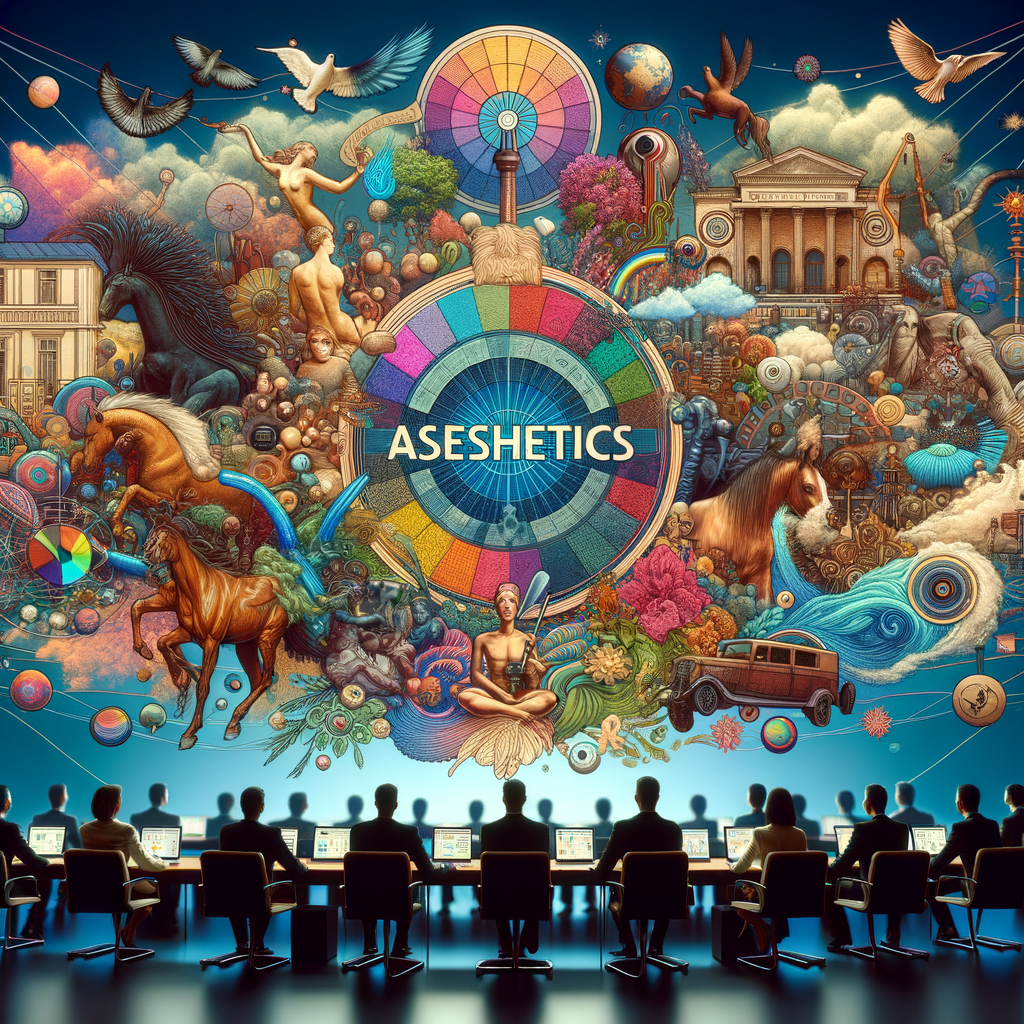The Evolution of Aesthetics: From Internet Communities to National Cultures
Welcome to a deep dive into the fascinating world of aesthetics! Aesthetics are collections of visual schema that create a “mood”—an ambiance that resonates with specific themes, emotions, or cultural backgrounds. These visual collections can originate from various sources, including Internet communities, national cultures, genres of fiction, holidays, locations, music genres, historical periods, stereotypes, and subcultures. Today, we’ll explore these various origins and focus on one particular aesthetic: the 2010s Internet.## Internet Communities and AestheticsThe Internet has become a fertile ground for the emergence of unique aesthetic styles. With the democratization of content creation and sharing, online communities have birthed various aesthetics that capture the collective imagination. For example, **Cottagecore** brings to life a romanticized vision of rural living, featuring rustic cottages, wildflowers, and cozy interiors. Its counterpart, **Dark Academia**, is inspired by classic literature, Gothic architecture, and a general love for learning, usually set against the backdrop of prestigious universities.## National Cultures and AestheticsAesthetics rooted in national cultures are also prominent, although care must be taken to avoid stereotyping. For instance, **Americana** celebrates the diverse cultural fabric of the United States, with imagery ranging from rustic farmhouses to classic diners and Fourth of July celebrations. Similarly, **Traditional Polish** aesthetics might include elements like folk costumes, intricate woodwork, and vibrant festivals.## Fiction Genres and AestheticsGenres of fiction often come with their own established visual tropes. **Cyberpunk**, for instance, is characterized by neon lights, sprawling urban landscapes, and a tech-saturated dystopian future. On the other hand, **Gothic** brings forth a dark, mysterious vibe with its haunted castles, melancholic landscapes, and eerie atmospheres.## Holidays and Their Iconic ImageryHolidays also bring their own sets of iconic imagery and colors. **Christmas** aesthetics often include snow-covered scenes, twinkling fairy lights, and a palette dominated by reds and greens. **Halloween** is marked by jack-o’-lanterns, eerie costumes, and a color scheme of black and orange.## Locations with Expected VisualsDifferent locations also carry specific aesthetic expectations. Take **Urbancore**, for instance, which encapsulates the hustle and bustle of city life, from skyscrapers to graffiti-covered walls and crowded streets. Alternatively, **Fanfare** might evoke images of vibrant parades, marching bands, and colorful floats.## Music Genres and Visual MotifsSome music genres are closely tied to particular visual motifs. For instance, **City Pop**, a genre of music that originated in Japan in the late 70s and early 80s, is often associated with urban nightlife, neon signs, and a touch of nostalgia. Conversely, **Emo** aesthetics involve darker clothing, expressive makeup, and emotionally charged environments.## Historical PeriodsHistorical periods also provide rich visual sources. **Victorian** aesthetics are characterized by ornate fashions, elaborate architecture, and a sense of formality. The **Y2K** aesthetic, on the other hand, embraces the early 2000s with its shiny, futuristic looks and a sense of digital optimism.## StereotypesSome aesthetics might stem from societal stereotypes. **Brocore** revolves around the “bro” culture, with its gym sessions, frat parties, and laid-back attitudes. **VSCO** aesthetics, popularized by the VSCO app, include scrunchies, Hydro Flasks, and a generally carefree, beachy vibe.## SubculturesSubcultures often merge music genres and fashion styles into cohesive aesthetics. **Raver** culture, for instance, includes brightly colored outfits, glow sticks, and an overall sense of hedonistic enjoyment. **Skinheads**, with their roots in the UK, combine punk music, working-class pride, and a distinct style featuring shaved heads and combat boots.## Spotlight on 2010s Internet AestheticOne particularly interesting aesthetic from the list is the **2010s Internet**. This aesthetic encapsulates the visual and cultural landscape of the early 2010s when platforms like Tumblr, Instagram, and YouTube were in their prime. The 2010s Internet aesthetic is characterized by:- **Soft Grunge**: Think plaid shirts, band tees, and a muted color palette.- **Pastel Goth**: A fusion of dark and pastel elements, creating a unique, contrasting look.- **Webcore**: Incorporates early Internet graphics, low-resolution images, and nostalgic website designs.- **Indie Sleaze**: A raw, DIY approach to fashion and music, often featuring thrifted clothes and underground bands.This aesthetic is a nostalgic nod to a time when online communities were burgeoning with creativity, and the Internet felt like a vast, unexplored frontier.## ConclusionAesthetics are a fascinating reflection of our cultural landscape, drawing from diverse sources to create moods and atmospheres that resonate with various communities. Whether they originate from the Internet, national cultures, fiction genres, holidays, locations, music, history, stereotypes, or subcultures, these visual schemas offer a unique lens through which we can understand and appreciate the world around us.
by
Tags:

Leave a Reply